Okay, the first thing I need you to do before you read this post is park your anger somewhere. You’ll need to set it aside and listen with an open mind and heart. And remember that anger won’t solve this problem. Hate won’t help you either.
When we finally exited off the beautiful Natchez Trace Parkway and followed the interstate towards Jackson, I was already bracing myself. As we drove past the municipal facilities and a steel factory and finally pulled into the driveway of MARL (Mississippi Animal Rescue League), I had convinced myself I needed to go in with an open mind, leave my judgment at the door and listen well so I could hear the situation from the shelter’s point of view, or more specifically, the shelter director Debra.
The building looked relatively new but tired, with faded paint and plenty of worn places. The high ceilings in the lobby, bright paintings, and window-walled puppy and cat rooms had a welcoming feel. This is a busy place; the phone rang constantly as we waited to meet with Debra. MARL handles ten thousand animals a year. A sign in the lobby displayed their numbers for 2019.
I tried to keep myself from doing the math. Ten thousand animals arrived at the shelter, 1379 were adopted and 227 were reunited with their owners. I learned later that very few were ‘transferred’ (sent to a rescue or other shelter). Even with generous rounding that still meant that 80% did not leave through the front door.
Early on in our conversation, Debra stated quite frankly, that she tells everyone surrendering their animal at MARL that she “can’t promise a happy ending.”
That’s because MARL is an open admission shelter. They take everything—animals that arrive via animal control, strays turned in by good Samaritans, and owner surrenders. They never say no and they charge no fee. I can count on one hand the shelters that can make that claim (and I’ve visited over forty shelters now).
As Debra explained, part of MARL’s mission, hers even, is to “always be a place for any animal to come so it won’t be on the streets and has a chance for adoption.”
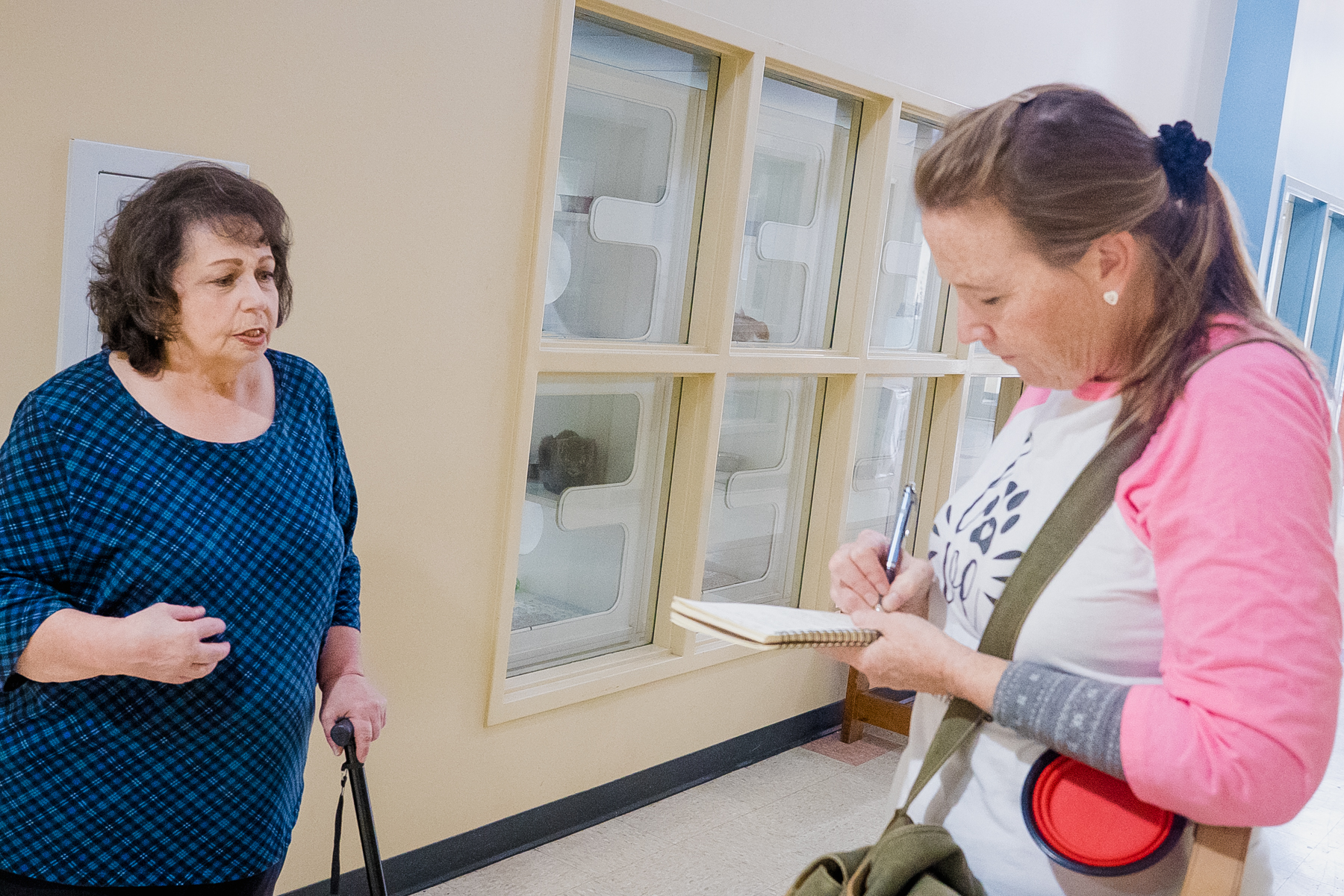
What happens to that animal after it arrives at MARL has a lot to do with what kind of animal it is, timing and luck. The intake manager happened down the hallway and Debra introduced us.
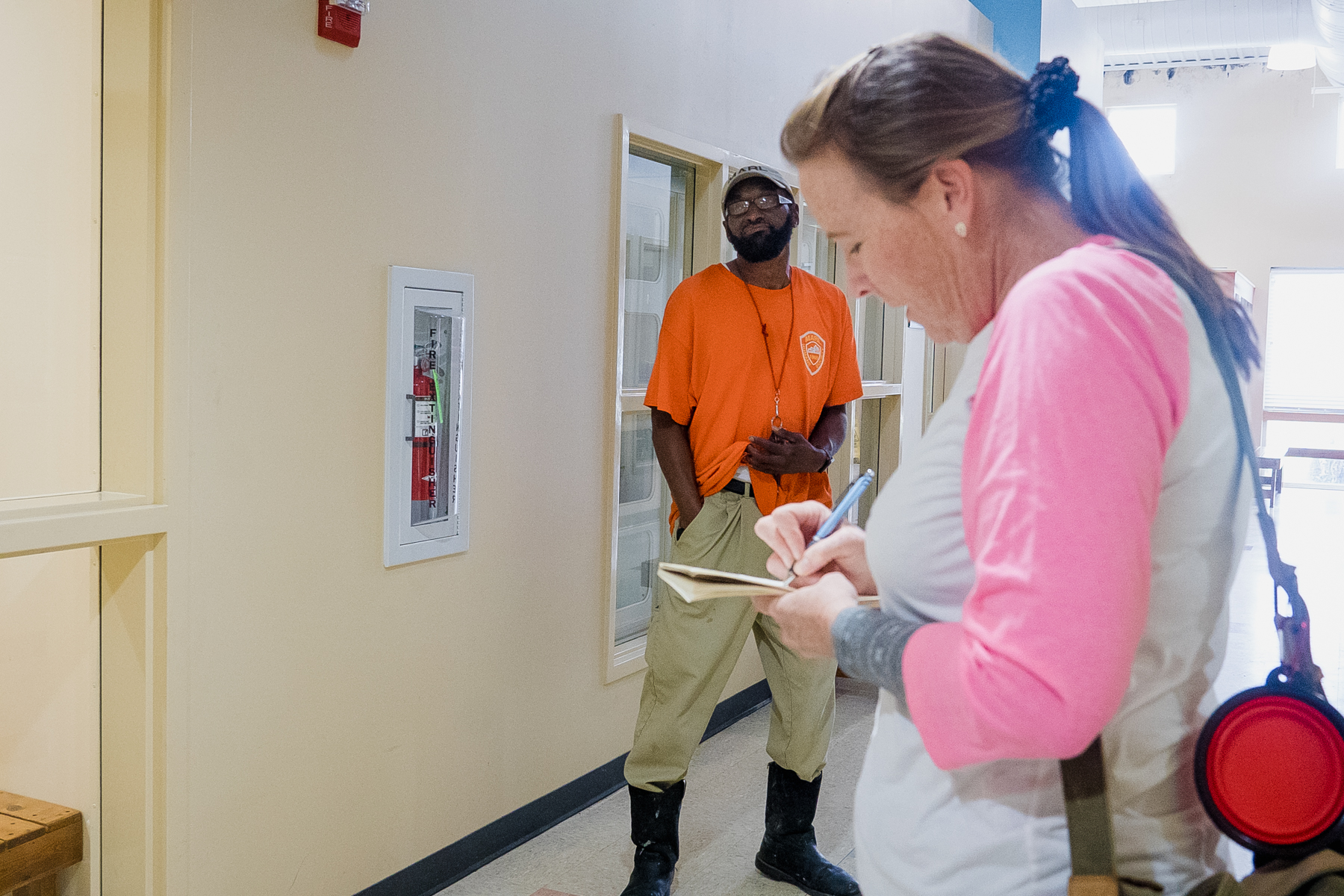
He seemed like a nice guy. I asked how many animals come into MARL each day for him to process and he said between 80 and 100. I had to ask him to repeat that because I was sure I didn’t hear him correctly. He has to assess each animal in terms of health, history, behavior, and adoptability. Processing that many animals in a day seemed like a challenging feat and I remarked about that. He nodded and smiled and continued down the hallway.
There are 24 adoption runs for big dogs and likely the same amount of spaces for puppies and small dogs in the room we passed in the lobby.
There are 30 big dog receiving runs (where dogs are held for a stray hold or bite hold or court case or to wait for an adoption run to be available) and similar spaces for small dogs and puppies in their receiving room.
Again I was doing math and swallowing the results.
Debra told us that they practice ‘hard medicine’ at MARL which means that they don’t treat for parvo, don’t bottle-feed babies, don’t do expensive surgeries or spend time on issues that require a lengthy healing time. They can’t. It’s not an I-don’t-care-thing, it’s numbers, plain and simple. Tying up resources or kennels means even more dogs will die.
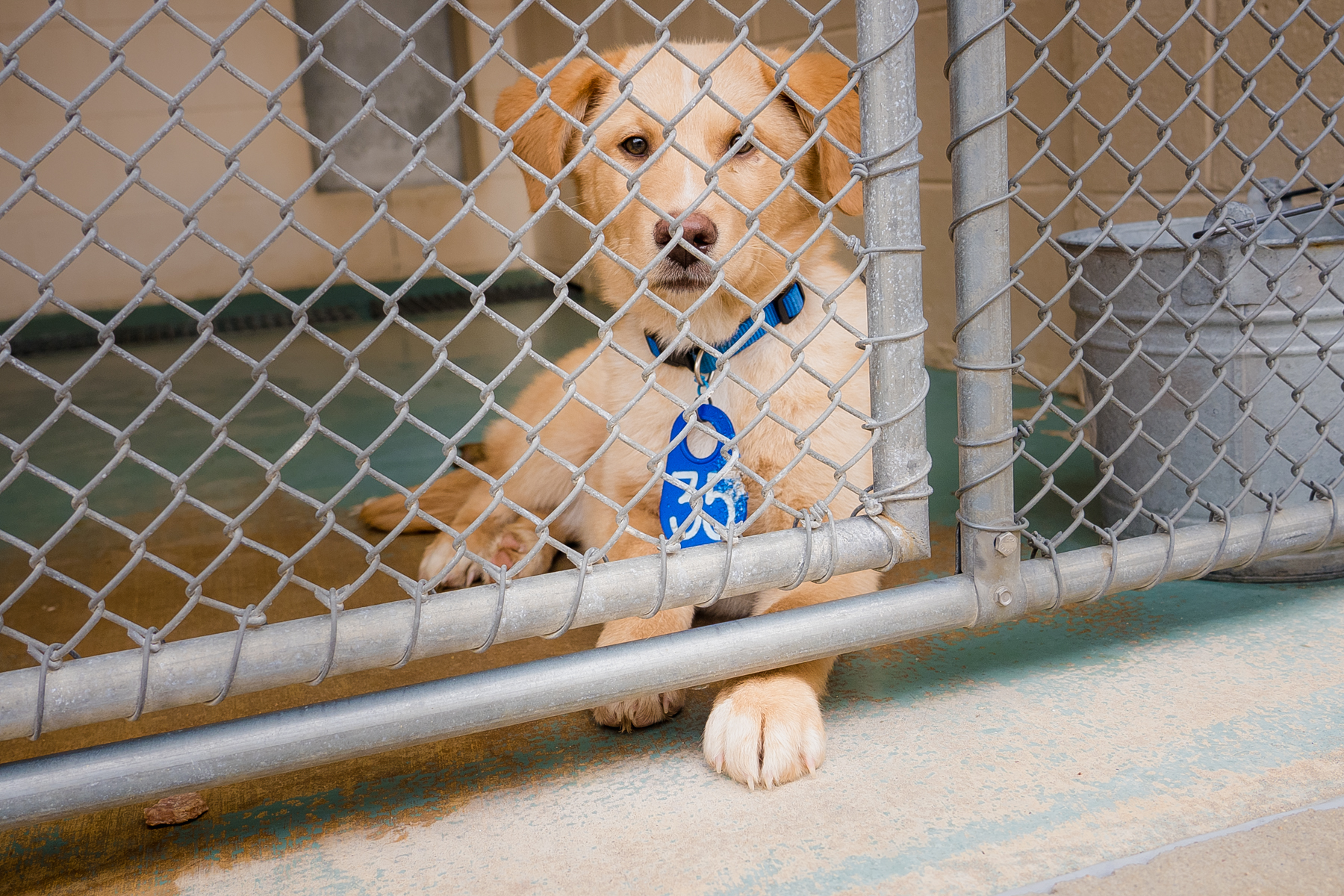
Some dogs are automatically destroyed—pit bulls, nursing mothers and their babies (unless they are a small dog and then someone on staff might take them home to foster), and anything they would deem unadoptable. Sometimes if the puppies are old enough, they might keep the puppies but kill the mama dog.
It sounds heartless and cruel, but if you set aside your heart for a moment (I found myself having to do that often in our two hours at MARL) and use only your head—it’s numbers again. How long would a mama dog with heavy teats take up a coveted adoption run before someone might choose her and how many other dogs could have found an adopter in that time?
MARL gets 15,000 visitors a year, granted many of those are people surrendering pets, some of them are also there to adopt. MARL even allows out-of-state adoptions if it will get an animal a home.
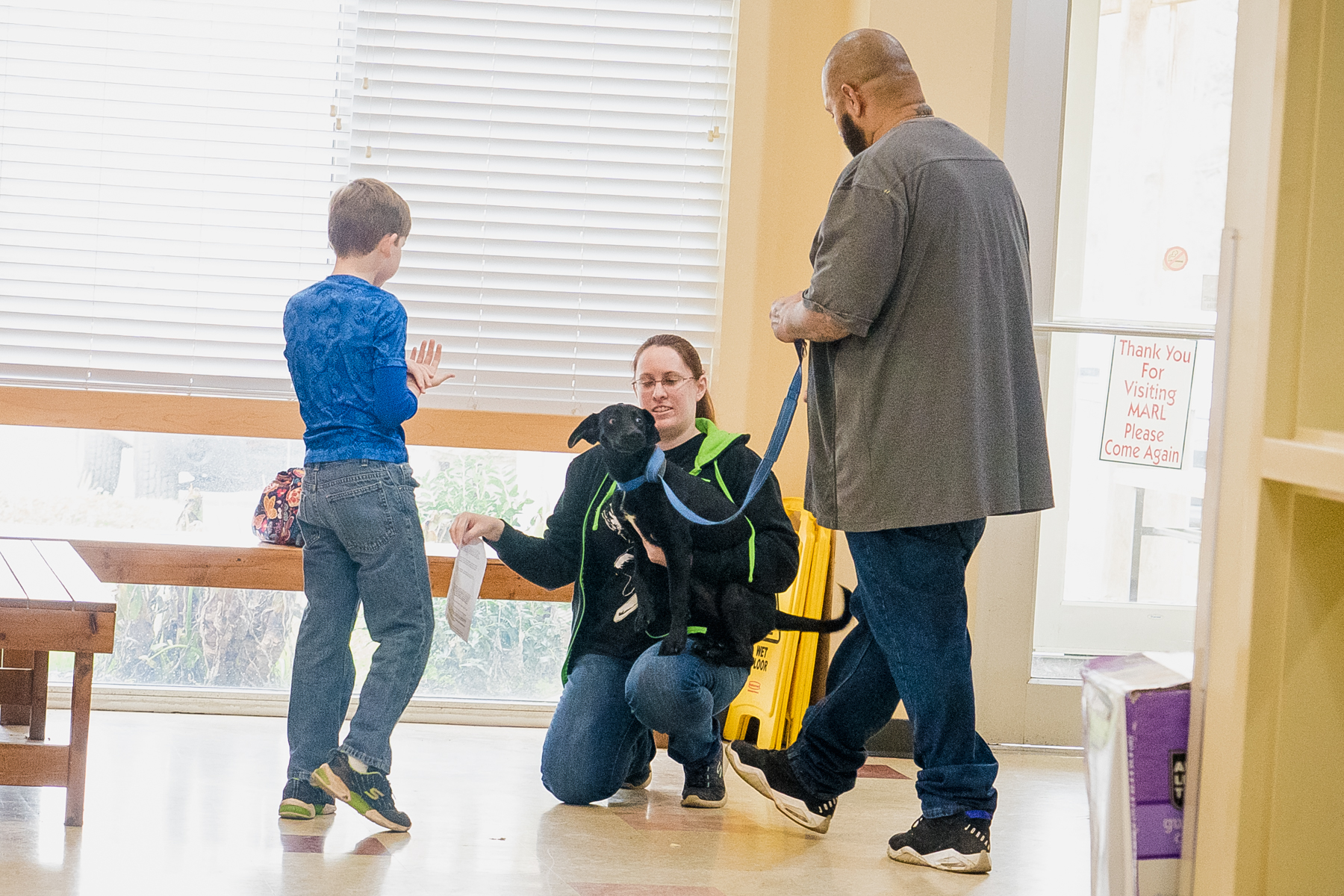
They offer low cost (and no cost) spay and neuter and have spayed and neutered over 26,000 animals in the Jackson area. They have partnered with the Big Fix for thirteen years operating out of their mobile clinic in the parking lot and then rented space, but recently the Big Fix moved into their own digs that include an apartment for the visiting vets who perform the surgeries, a thrift store jointly run with MARL to raise funds that will have a small adoption center for events, in addition to the operating rooms.
There is much that MARL does that no one else in the area is doing. In fact, people come from Alabama, northern Mississippi and all over the five-county area to surrender pets because it’s the only place for 100-mile radius that will take any unwanted animal for any reason. MARL also offers owner requested euthanasia which is performed in a small room where the family can stay with their pet the entire time.
Debra acknowledged that plenty of people hate them and she receives all manner of bashing on social media, but she doesn’t believe in hiding what they do. I have to respect that. As she said, “Hiding it won’t help fix the problem.”
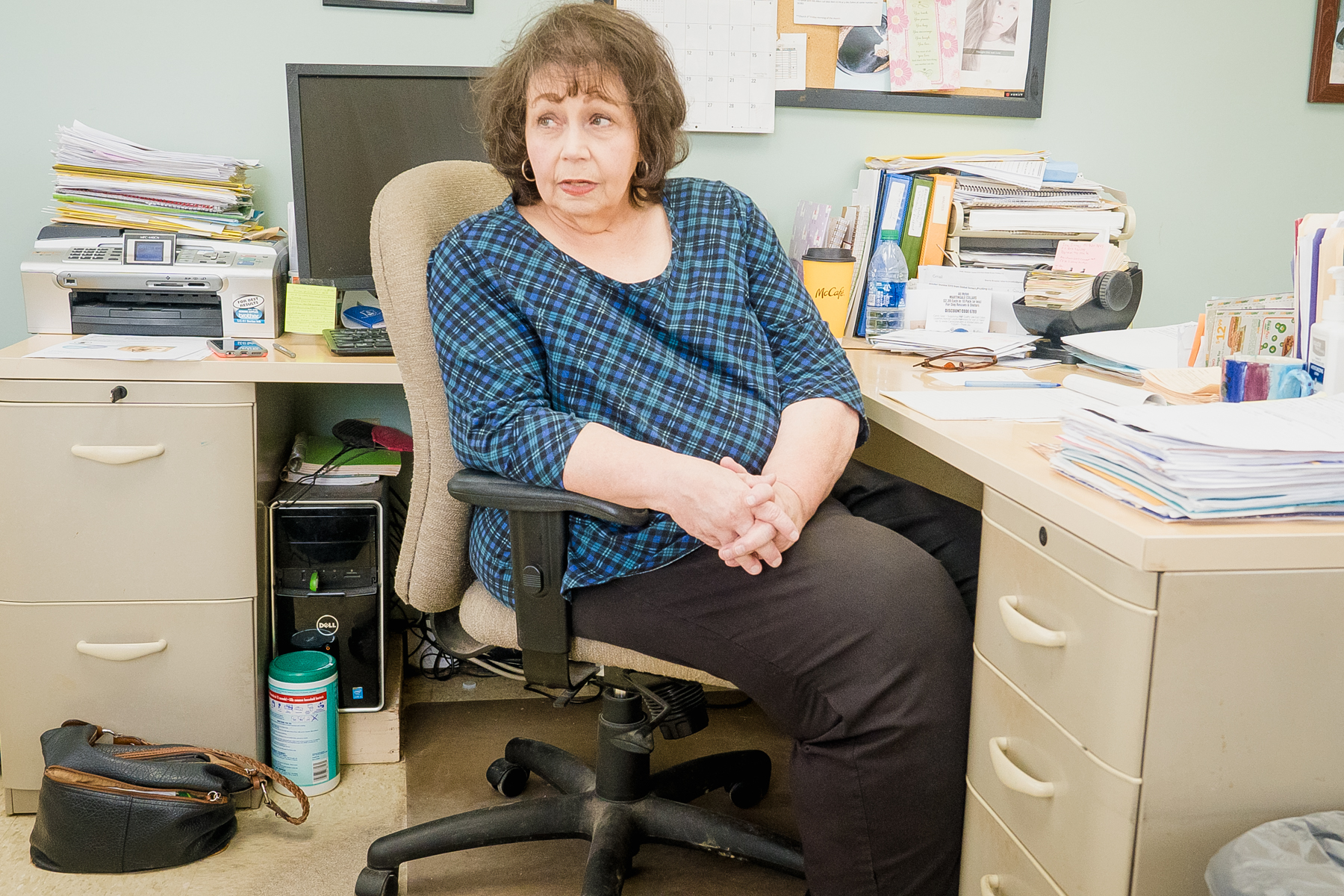
She is frustrated with people who don’t value their animals and other local shelters and rescues who operate with limited intake, leaving MARL to take what they won’t. She is certain that considering how many sterilization surgeries they have done their intake number should be closer to 7,000 by now if it weren’t for the trend of shelters switching to limited intake.
I suggested that perhaps northern rescues could help. She shared with us one terrible experience she had with a rescue that agreed to take seven dogs and then returned them shortly after because of a transport problem. MARL had already moved seven other dogs into their adoption runs and had to decide which dogs to kill—the ones who had been sent to the rescue or seven of the dogs who had gotten an opportunity to move to adoption?
I encouraged her to consider other rescues and tried to assure her that there are some that might be a better fit. A foster program could also help but she said they have tried that with little success.
Debra has been the director at MARL for 42 years. She has seen a lot. She oversees a staff of 15 full and part-time employees. When she started at MARL, the annual budget was $35,000; now it is 1.1 million. The building they are in is almost 13 years old and this year MARL will celebrate its fiftieth anniversary. There is a lot of history here.
Many of the local animal advocates, rescues and shelters do not like MARL. Debra doesn’t let that get to her and she is not opposed to working with them. In fact, with the recent floods last month, MARL partnered with another rescue, CARA (Community Animal Rescue and Adoption) to share resources and space to house displaced pets. CARA had room for more big dogs and MARL took in the small dogs, cats, and assorted smaller critters, and then both housed and then returned all the displaced pets.
As the flooding began, there was a report of a pit bull tied to fire hydrant in the flood plain, so Debra and her team went out and found the frightened dog, freed it, and took it to CARA.
Debra tells us about another recent adoption of a dog surrendered by someone being deployed by the military. She struggled with tears as she told us the dog’s time was nearly up when finally another military family stepped in and adopted the dog.
Debra started in this business when she attended a public meeting after the shelter was destroyed by a fire back in 1978. She began volunteering and then was asked to serve on the board and from there stepped in as the acting director even though she wasn’t sure she could do it and had to bring her kids with her to work. She is devoted to MARL and has sacrificed a lot, including her own paycheck during a few lean years.
It’s easy to judge this woman for doing a job very few ever could, but she is carrying out what MARL’s board has deemed to be the mission and the practices of this shelter.
As we wrapped up our time with Debra, I suggested that there might be some rescues that could help and hoped she would give rescue another chance. As we drove away, I was already envisioning a foster program that could hold the dogs headed to rescues until their transport could take them. MARL would need a rescue coordinator because it is more than clear that Debra doesn’t have enough hands or time to add another program.
The numbers though, they were eating at me as we headed north up the hallway. 80% is too many. That’s the bottom line. Even if you are open-admission. Open-admission isn’t an excuse for that much killing. There are other solutions.
Mississippi is a very different world in terms of not just iced tea, but also dog sheltering. People need to value their dogs and not permit them to be sold at flea markets. They need to give heartworm preventatives so that entire shelter populations aren’t heartworm positive. Obviously, they need to spay and neuter their pets.
And here, I know I’m drifting into Yankee-who-came-down-here-to-judge territory, but I have met enough good and resourceful and dog-loving people here to know that Mississippi can do better. I’m certain of it. I believe in them. They can fix this, but first they have to own it.
I think that’s where Debra comes in. She is honest about what is happening at MARL. She is not trying to hide what they do. Dogs are being killed—by the thousands, but as she said, “There are worse things than a humane euthanasia.”
There are. Accepting those deaths as necessary and the situation as impossible to change is much worse.
Okay, now you can pick up your anger again and use the energy behind it not to hate, but to help. Simply bashing the shelter and its leadership won’t save these dogs; MARL has heard it before.
Until every cage is empty,
Cara
Please help us by subscribing (button on right side) to and sharing this blog. You can also keep track of us on Facebook and Instagram.
Who Will Let the Dogs Out (we call it Waldo for short) is an initiative of Operation Paws for Homes. If you’d like to contribute to our work, we encourage you to click on the how to help link above and give directly to a shelter. You can also donate to our work via OPH’s donation page by designating Who Will Let the Dogs Out in your comments.
My upcoming book, One Hundred Dogs & Counting: One Woman, Ten Thousand Miles, and a Journey Into the Heart of Shelters and Rescues (Pegasus Books, July 7, 2020) tells the story of not only our foster experience but how Who Will Let the Dogs Out began. It is available for preorder now and a portion of proceeds of every book sold will go to help unwanted animals in the south.



Karen Alden
Ugh! That was hard to read. I would think they can do more to partner with rescues, to seek help from local groups like churches and scouts and school groups to increase the number of dogs of saved from death. They seem to have a lot of employees. I wonder if they are just accustomed to how many dogs are routinely destroyed and thus do not try to do more? So sad…. Thanks for visiting and sharing. >
Cara Sue Achterberg
They seem to be stuck, pushing the blame to the community and the limited intake shelters and rescues around them. It’s been this way for so long, I’m still not sure what will bring change at this shelter, but I know they need it. There’s no excuse for that many deaths when help is all around them.
Aubrie Kavanaugh
Good intentions are not enough. It is time for this shelter, and others like it, to learn about and then embrace a different culture to end the killing. The answers have been known for a very long time and while I am not angry about his, per se, I do see it as a betrayal of the public trust. Any shelter which remains in the dark ages and does not proactively seek new ways to function should be ashamed of itself. I would be happy to send Debra a free copy of my book if I thought she would read it.
Cara Sue Achterberg
I thought of you often as we toured this shelter. It will take the same Herculean effort that you all made in Huntsville to bring change here. But it will start with people being willing to work with Debra and be her partner not her adversary. That is a big challenge in the face of these numbers.
Martha Kennedy
<3
Martha Kennedy
How to help this shelter? Here are my thoughts…
What shelters have done in this remote and impoverish area is to be very proactive. One shelter drives a dozen dogs to a Petco in a large city every Saturday and holds an adoption fair. They are able to find homes for at least five dogs almost every week. It’s a lot of work, but they’re determined. This shelter is San Luis Valley Animal Welfare. They have a huge place and are able to keep many of the dogs who come in, so that’s kind of extraordinary. They are awesome people. They — with all their intrinsic challenges — LOOK for dogs in high kill shelters in nearby New Mexico and go get them. it’s a chain.
The two “urban” ( ha ha ) shelters Valley Human League and Conour Animal Shelter (in my town), are both non-kill shelters with the kinds of facilities that would probably curl your toes, but they, too, work very hard to adopt their dogs out with well organized relationships that allow transport to other shelters in populated areas. This is an important part of dog shelter in a place like this.
All of them have a very active social media presence and I think that’s a big help in building community involvement and loyalty because they depend heavily on local donations to keep open. I don’t think a week goes by but which a thank you or plea for help doesn’t emanate from one of these shelters. They tell people how to help — Amazons deal, for example. The key to their survival is community investment.
They also worked out a deal with two low cost or free spay/neuter organizations. Colorado has a group that offers free spay or neuter to certain breeds including (but not only) pits. The other organization will offer spay or neuter for free if the people really can’t pay ANYTHING. Once the word got out, people lined up for it, started asking “When?” It was amazing to watch.
This woman at this southern shelter seems demoralized and overwhelmed. I don’t blame her. It isn’t helping the dogs, though. She probably needs to be replaced and/or helped by a young, enthusiastic, energetic, idealistic younger person as well as having more money to deal with more dogs and a wider range of situations. I think your suggestion of working with some shelters in the north is a good one. I don’t think one bad experience is anything more than one bad experience. <3
Martha Kennedy
P.S. Look for these shelters on Facebook. You can see a lot of the action. I think the San Luis Valley is pretty comparable to the worlds you’re traveling through except it doesn’t have as many people in it.
Cara Sue Achterberg
All good ideas. MARL has tried a few of them, but whether it’s a shortage of staff, resources, or enthusiasm, I don’t know why they haven’t continued them. They need a good blast of energy and change, but mostly they need to overcome their belief that it has to be this way. It doesn’t.
Martha Kennedy
<3 No, it doesn't.
Naomi Johnson
Fortunately, I am not a director of a shelter, so I do not have to make decisions as to which animal will live and which will die, but I have been to many shelters in the Carolinas where these decisions are made on a daily basis. Some of the directors or their staff (or volunteers) work closely with rescue groups–both local or those that ship animals north–they have regular adoption events, do fund raisers for needed supplies, and post attractive photos of available pets. These shelters have much lower euthanasia rate.
A case in point is the shelter in Chesterfield County, SC which at the time was being run by the Sheriff’s Dept. It was closed for several months in 2011 when it was discovered that 5 of the employees were shooting dogs and burying them at a shooting range across the street. The case made national news and the community got together to rectify the horrific situation. They brought in a new director, a retired law officer from PA, who turned the place around. “James McGonigal stepped into the Chesterfield Co. Animal Shelter when frustration was high and expectation were low. The shelter had a high 90 percent kill rate. Under his leadership, it now has a high 90 percent save rate. And, five years after those dogs were found shot dead in a landfill, the shelter that once didn’t even have walls, is now a one million dollar facility.”
The opposite has happened to a shelter in southern NC which was built by a group of concerned citizens who raised money for what was then a state-of-the-arts facility. They hired a very dedicated and competent staff who did all they could to save the animals under their care. While the original group and board were active the shelter thrived; however, over the years things changed and the county took over the shelter and hired their own director. Animals have been neglected and abused and the shelter was fined. One news article read, the “If the shelter doesn’t correct the violations it it will be considered in willful disregard or violation of the NC Animal Welfare Act…. If that happens, the shelter’s license could be impacted, and they could get fined up to $5,000 per violation.”
A last example is a small rural shelter in Anson county, NC where Maureen, the director, is a one person animal savior. She is constantly on the phone with rescues to “get the dogs out,” often driving many miles to meet transports (on her own time), taking dogs to vets (often paying for them out of pocket), and even keeping several “unadoptables” herself. I don’t know how she can go at this stressful pace. With teachers the burnout time these days is about 4 years. I’m not sure about shelter directors. I quite sure she won’t make 42 year mark like Debra at MARL. You are a saint, Maureen. Thanks for all you do.
Cara Sue Achterberg
It really does come to leadership, plain and simple. And that’s, sadly, something that is very difficult to affect. I’ve been to Anson and met Maureen. she has some great programs and does a lot with what she’s got. Looking forward to going back there again soon.
You Can’t Come Home Without a Dog – Another Good Dog™
[…] spending nine days visiting shelters, rescues, dog pounds, and one awful flea market where they sold dogs and puppies, it was inevitable […]
Kellie Snider, MS
Thank you for your fair and honest appraisal of open admission shelters. There are things that can be done and are beginning to be done in sheltering, but the points made here are all true. It’s a community problem, not a problem of bad people working at shelters, as many people would have you believe. I’ve worked in shelters for 12 years now, in behavior.